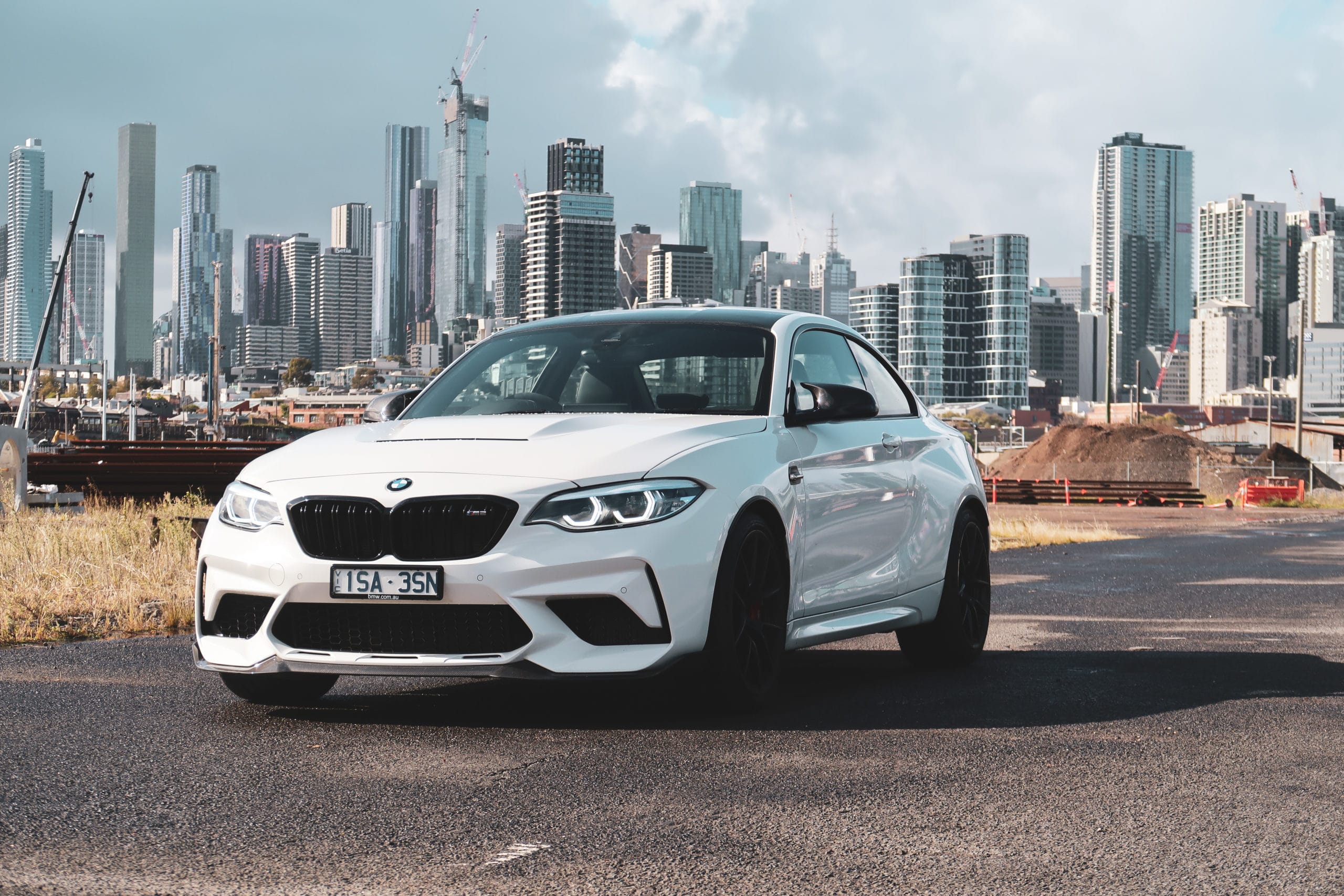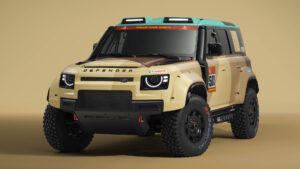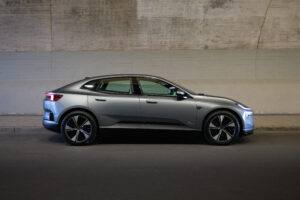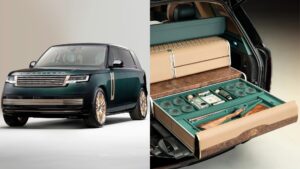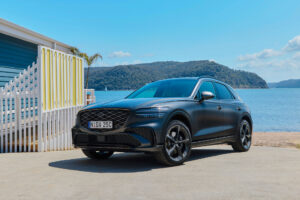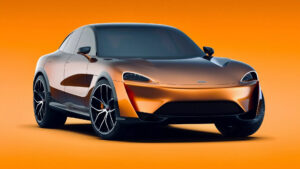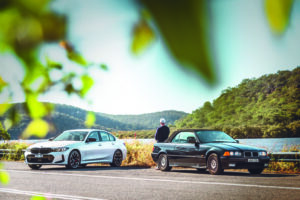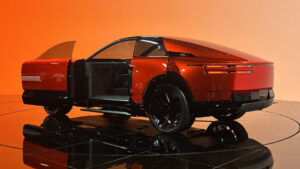Motoring purists talk about a fabled collection of traits that make a ‘driver’s car’. The combination of rear-wheel drive, a high revving engine, a manual gearbox, deletion of unnecessary weight, a svelte frame and communicative steering is the holy grail of driving. BMW largely wrote this formula, and their latest weapon to roll out of the factory has it scribed in beautiful, flowing, calligraphic text. The BMW M2 CS has arrived down under as a grand send-off for the first-generation M2, which debuted in 2016.
They’ve handed the M2 Competition and a lump of money over to their wildest engineers with the goal of producing an unhinged performance machine. An increase of 29 kilowatts, liberal use of carbon fibre, adjusted suspension, bigger brakes, stickier tyres, and a reworked differential has sufficiently rendered that goal met.

Having driven the M2, M2 Competition and now this, I can say that the evolution has been profound. The CS has over 20% more kilowatts than the base M2 – a frightening escalation in firepower. It now packs 331kW and 550Nm from its 3-litre twin-turbo straight-six, enough juice to get it to 100km/h in 4.2 seconds (4.0 for the auto) if you give it some beans.
When faced with a challenging road, the BMW M2 CS is like a heavyweight boxer who is also the lead dancer in Disney on Ice. It can punch you in the chest but also pull off a Triple Lutz jump on skates. Through the corners, it’s a performer, but pin the throttle when you straighten up and an act of violence is committed as the rev counter flies through to the 7,600rpm redline. With the engagement of this package, it’s difficult to argue the case for more power. While still being express, the M2 is a case in point that 0-60 times aren’t the most important factor – just ask anyone who has driven one back to back with an Audi RS3.

Sticky Michelin Pilot Sport Cup 2’s are mostly to blame for god-like levels of grip. That said, it’s easy to see why the CS was codenamed ‘Drift Machine’ inside the factory walls in Munich. The grunt on offer means you can nuke the rear tyres with unbridled, reckless abandon at the flex of just a pinky toe.
The M department has fettled with the exhaust as well. It’s tough to discern any noticeable difference throughout the rev range and, if anything, the sound at full noise is still slightly muted. The Competition and CS certainly lack the sonorous note of the base M2 with its differing single turbo engine. However, credit is due for the sound when cruising around at low speeds. The CS sounds phenomenal on start up and rolling around in first and second gear. A gruff, booming note coupled with the tactility of the manual gearbox makes it impossible not to have the windows down around town.

And now for the manual vs. automatic debate. If the manual is ever going to land some blows on the auto, it’s surely in the M2 CS. Driving this car in manual guise is an experience so pure and exhilarating that it simply can’t ever be surpassed by the automatic one. You are completely dialled in – every revolution can be felt through your left hand as all four limbs work separately in unison. No doubt, the automatic is slightly quicker when hustled, but it takes the crucial rewarding ingredient away from the driving experience. It’s like sleeping with a beautiful woman but choosing to wear a blindfold, or downing a rare and expensive whisky without letting it touch the sides.
Seen here in Alpine White, the CS looks notably tougher thanks to the addition of a carbon fibre front splitter, roof and boot lid, plus jet black wheels and a muscly bonnet vent. It always has been a punchy little package, but the black accents and extra aero make it all the more enjoyable to look at. Inside, the ethos of a more hardcore offering has carried over, with waves of Alcantara, a chunky steering wheel, sports seats from the M4 CS, and even the deletion of the centre console bin. It feels racy enough without sacrificing liveability and still comes with an 8.8-inch infotainment screen with Apple Carplay and the works.


One question looming in the background is whether BMW have gone hard enough in their pursuit to create a limited edition track-ready machine. Despite a healthy bump in power and liberal use of carbon fibre, there is no weight reduction compared to M2 Competition. Why was the first M2 to gain adaptive suspension – a heavy component designed to improve comfort – but not the model that is the most hardcore?
At this point in the article, I would usually say what competition exists in the market for this car, but, for two reasons, it doesn’t really matter. Firstly, the BMW M2 CS exists in a niche with few rivals. A Porsche 718 Cayman GT4, an Alfa Romeo Giulia Q or even a brand new manual M3 (for only $5k more) could step on its toes, but they are still such different offerings. Secondly, there are just 84 examples of the M2 CS coming to Australia – and they are all history. Good luck fighting with the rabble on Carsales to score one – there are already examples with 300km on the clock listed for $180,000 before on-road costs.
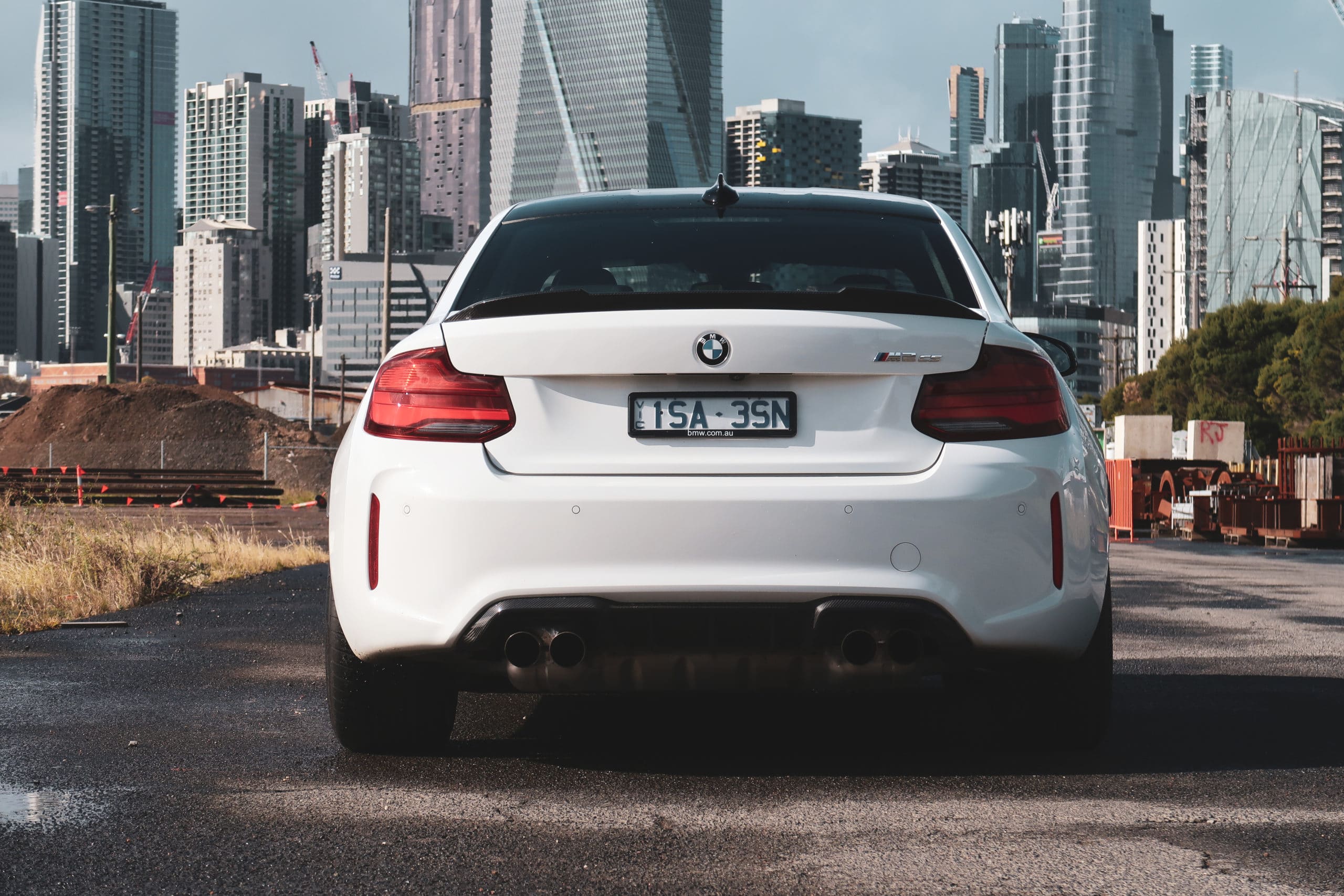
The M2 CS is priced at $139,900 for the manual and $147,400 for the automatic before on-roads. The gripe that it costs $37,000 more than the M2 Competition is diluted, once again, by the fact that they are all already purchased by willing buyers. This is a fantastic piece of machinery that has incrementally added features to the point that it is now a honed weapon. The perfect recipe of qualities favouring driving experience, coupled with the inevitability of their eventual defeat by an electric horizon, makes the BMW M2 CS a certified future classic. This is the car people will be clamouring to buy in 10 years.
